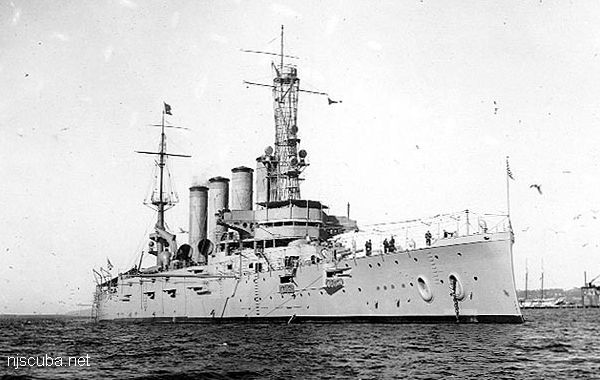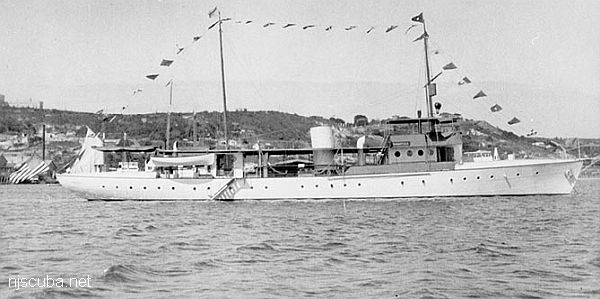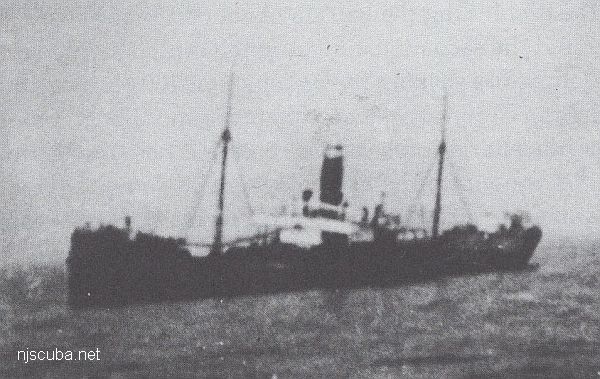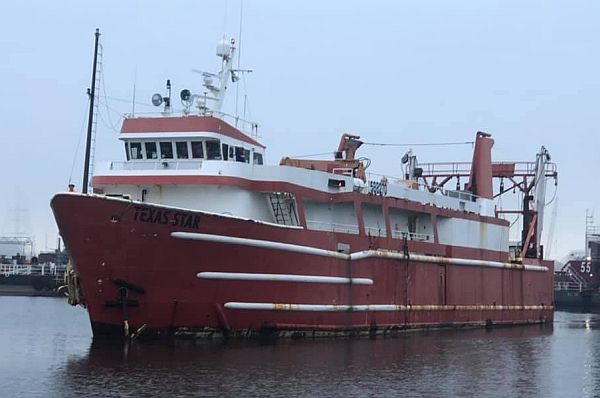
- Type:
- shipwreck, armored cruiser, U.S. Navy
- Built:
- 1904, Bethlehem San Francisco, San Francisco USA, as U.S.S. California
- Specs:
- ( 503 x 70 ft ) 13680 displacement tons
- Sunk:
- Friday July 19, 1918
explosion, probably struck a mine laid by U-156
officially 6 casualties, probably 30-40 in reality - GPS:
- 40°32.433' -73°02.484' (AWOIS 2008)
- Depth:
- 110 ft, starts at 65 ft
More: USS San Diego ACR-6 ...



